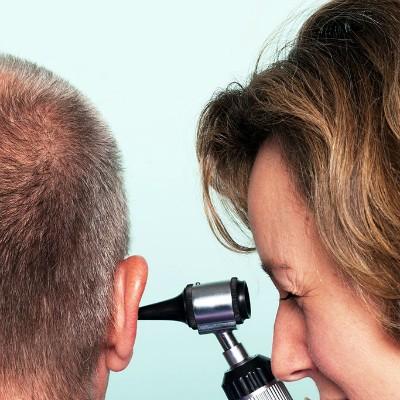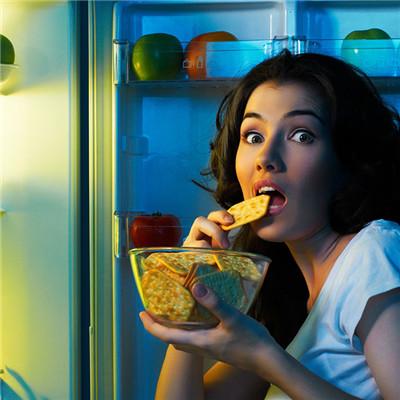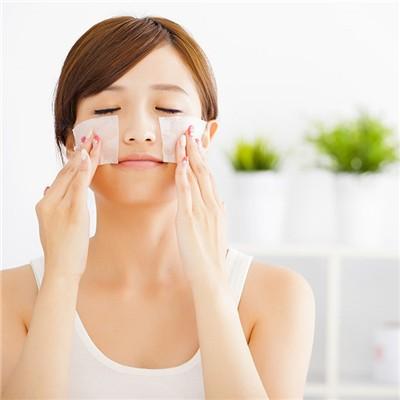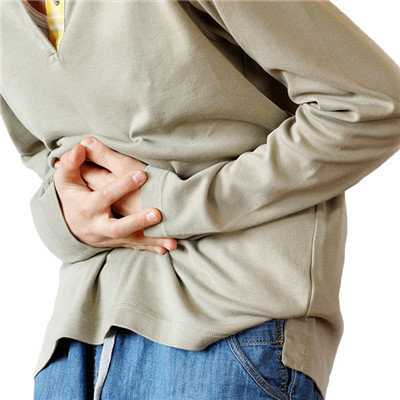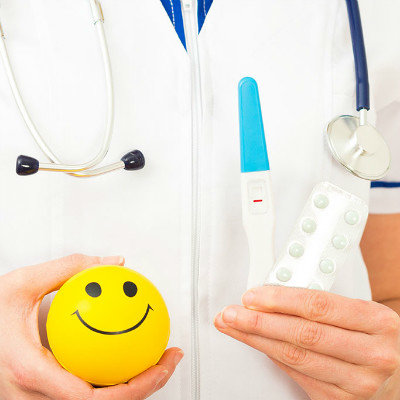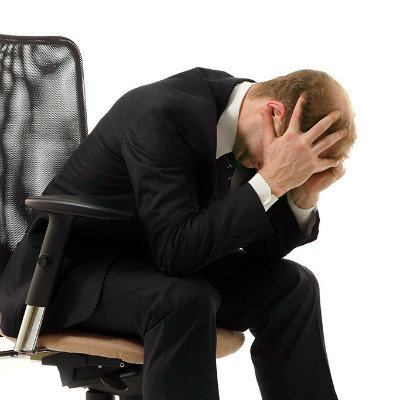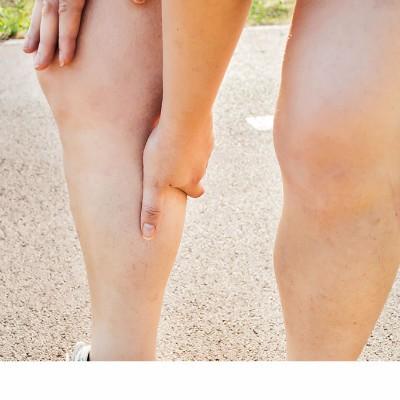Symptoms of trigeminal neuritis
summary
Trigeminal nerve is the fifth of the twelve pairs of cranial nerves, which is one of the mixed cranial nerves. The trigeminal nerve consists of two kinds of fibers. One is the general somatosensory fiber, and its neuron body is located in the trigeminal ganglion composed of pseudo unipolar neurons at the trace of trigeminal nerve in the petrous part of temporal bone in the middle cranial fossa. The sensory root of trigeminal nerve is formed by the central process of trigeminal ganglion. It enters the brain at the junction of pontine arm and pontine base. The nerve fibers that transmit to the head and face touch end in pontine nucleus of trigeminal nerve, and the nerve fibers that transmit to temperature and pain end in spinal trigeminal tract nucleus. Symptoms of trigeminal neuritis? Let's talk about it
Symptoms of trigeminal neuritis
The pain spread to one or more branches of trigeminal nerve from a certain point in the face, mouth or mandible. The second and Third branches were the most common, and the first branch was rare. The range of pain was never beyond the midline of the face, nor beyond the distribution area of trigeminal nerve. 3% had bilateral trigeminal neuralgia occasionally;

The attack of trigeminal neuralgia often has no omen, but the attack of pain is usually regular. The duration of each pain episode was from a few seconds to 1-2 minutes. With the development of the disease, the attack is more frequent, the interval is shorter, and the pain is more severe. The onset of pain decreased at night. There was no discomfort during the intermission;
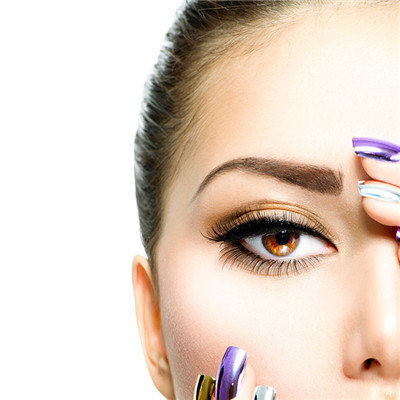
The patients often stop talking, eating and other activities suddenly, and the side of pain may present spasm, namely "painful spasm", such as frowning and gnashing teeth, opening mouth to cover eyes, or rubbing face with palm, resulting in local skin roughness, thickening, eyebrow falling off, conjunctival congestion, tears and salivation. The expression was nervous and anxious;
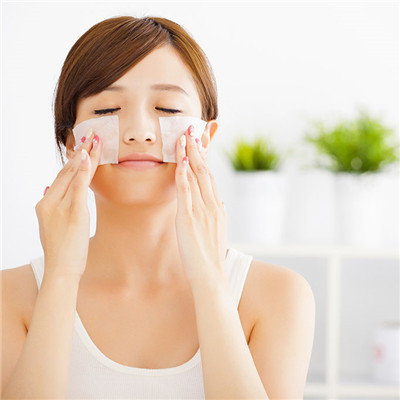
matters needing attention
Diet should be regular, and soft and chewy food should be chosen. For patients with mastication induced pain, they should eat liquid food, never fried food, and should not eat irritating, sour or sweet food or cold food; The diet should be rich in nutrition, usually should eat more vitamin rich and clear fire detoxification effect of food; Eat more fresh fruits, vegetables and beans, eat less fat, eat more lean meat, the food should be light.

